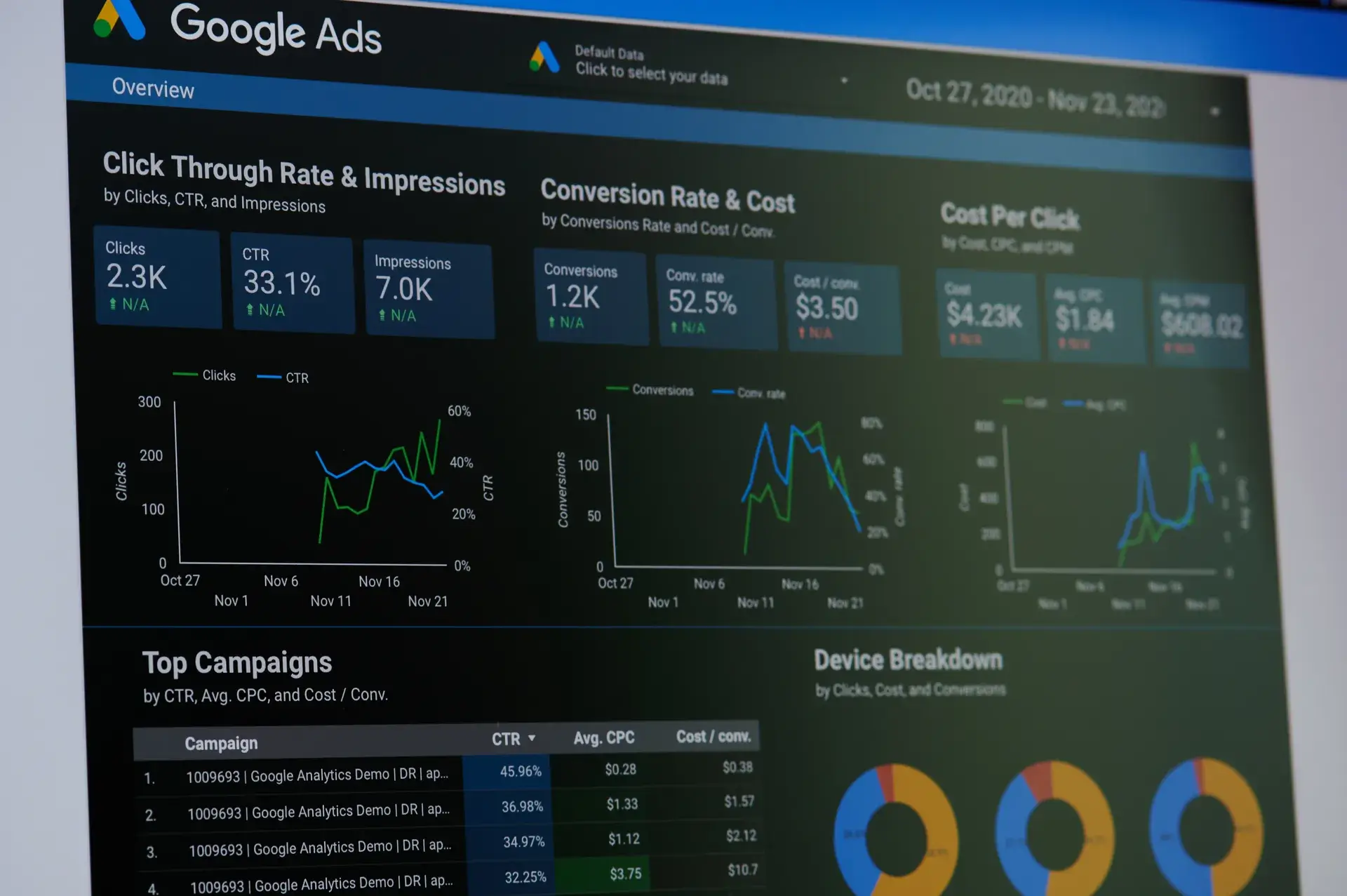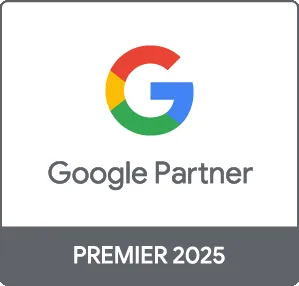PPC (Pay-Per-Click) campaigns can deliver immediate results, making them a vital component of any digital marketing strategy. However, creating the best PPC campaign requires careful planning, strategic execution, and ongoing analysis. This guide will help you understand key components to consider when setting up your PPC campaign to maximize ROI and achieve your business goals.
Understanding the Basics of PPC
PPC advertising allows businesses to bid on keywords and pay each time a user clicks on their ad. This model can generate traffic quickly, but it’s essential to execute your campaign correctly to ensure it’s cost-effective.
1. Define Your Goals
Your first step should be to establish clear objectives for your PPC campaign. This could include increasing website traffic, generating leads, or driving sales. Your goals will guide your keyword selection, ad copy, and landing page design.
2. Conduct Keyword Research
Finding the right keywords is crucial for your PPC success. Utilize tools like Google Keyword Planner or SEMrush to identify keywords that align with your products or services. Consider the following:
- Search Volume: Target keywords with substantial monthly searches.
- Competition: Look for a balance between popular and less competitive keywords to optimize ad spend.
- Long-tail Keywords: Incorporate specific, longer phrases that indicate high purchase intent.
3. Craft Compelling Ad Copy
Your ad copy should be persuasive and relevant to the keywords you’re targeting. Here are some tips for writing effective ad copy:
- Highlight Unique Selling Points: What sets your business apart? Make it clear in your ad.
- Include a Strong Call-to-Action: Encourage users to take action, such as 'Shop Now' or 'Get a Free Quote'.
- Utilize Ad Extensions: Enhance your ads with site links, call buttons, or location information to improve visibility.
4. Optimize Your Landing Page
A well-designed landing page is vital for converting clicks into customers. Ensure your landing page is aligned with your ad content and includes:
- Clear Headlines: Capture the user’s attention promptly.
- Concise Information: Provide key information without overwhelming visitors.
- Easy Navigation: Make it simple for users to find what they need and complete desired actions.
5. Set Your Budget and Bids
Determine how much you’re willing to spend on your PPC campaign. You can set daily or monthly budgets and adjust your bids based on the performance of your ads. Monitor your budget closely and be prepared to make changes as needed.
6. Track and Analyze Performance
After launching your PPC campaign, it’s essential to measure its performance. Use analytics tools to track key metrics such as:
- Click-Through Rate (CTR): Indicates how well your ad is performing.
- Conversion Rate: Shows the percentage of users completing your desired action.
- Cost Per Acquisition (CPA): Helps you assess the efficiency of your spending.
Conclusion
Creating the best PPC campaign involves strategic planning, continuous monitoring, and optimization. By defining your goals, conducting thorough keyword research, crafting compelling ad copy, optimizing landing pages, setting appropriate budgets, and analyzing performance, you can create a PPC campaign that drives significant results for your business. Ready to launch your PPC campaign or need assistance? At Prebo Digital, we specialize in comprehensive PPC strategies tailored to your objectives. Contact us today for expert support!





